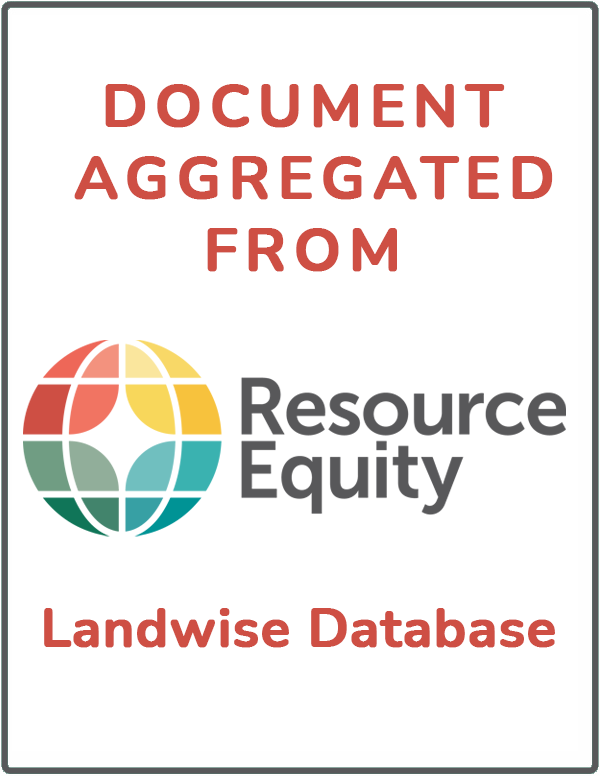A land of vast distances and rich natural resources, Canada became a self-governing dominion in 1867, while retaining ties to the British crown. Economically and technologically, the nation has developed in parallel with the US, its neighbor to the south across the world's longest international border. Canada faces the political challenges of meeting public demands for quality improvements in health care, education, social services, and economic competitiveness, as well as responding to the particular concerns of predominantly francophone Quebec. Canada also aims to develop its diverse energy resources while maintaining its commitment to the environment.
Canada is a federal parliamentary democracy under a constitutional monarchy and a part of the Commonwealth realm.
Source: CIA World Factbook
Members:
Resources
Displaying 1 - 5 of 162Withdrawal from Disposal of Certain Tracts of Territorial Lands in Nunavut (Kivalliq area) Order (SI/2016-29).
The present Order is made under the Territorial Lands Act. In particular, the purpose of this Order is to withdraw from disposal certain tracts of territorial lands in order to facilitate the conclusion of Aboriginal land agreements. In particular, section 2 establishes that the tracts of territorial lands set out in the Schedule, including the surface and subsurface rights to the lands, are withdrawn from disposal for a period of three years beginning on the day on which this Order is made. The text consists of 5 sections and 1 Schedule.
First Nations Financial Transparency Act (S.C. 2013, c 7).
The present Act requires that 581 First Nations, defined as an Indian band under the Indian Act, make their audited consolidated financial statements and a Schedule of Remuneration and Expenses of chief and council available to their members as well as publish it on a website.
Constitution of Canada 1867 (rev. 2011)
The Constitution Act 1867 was passed by the UK Parliament and the Constitution Act 1982 was passed by the Canadian Parliament.




